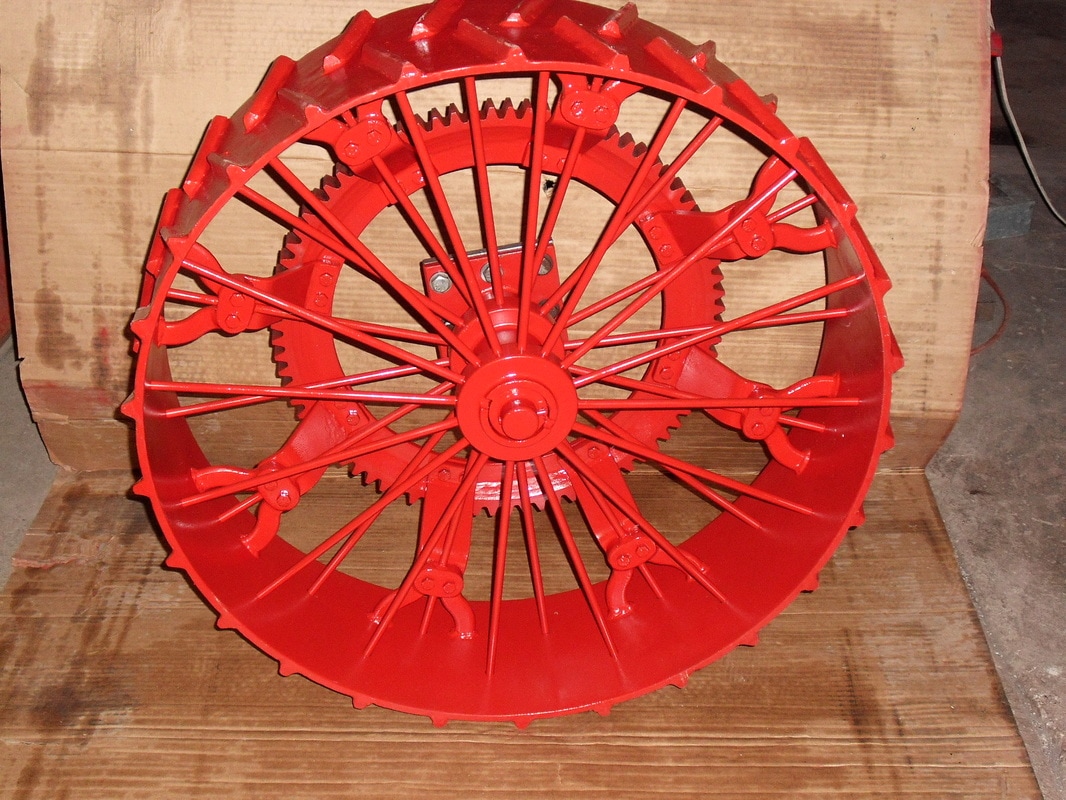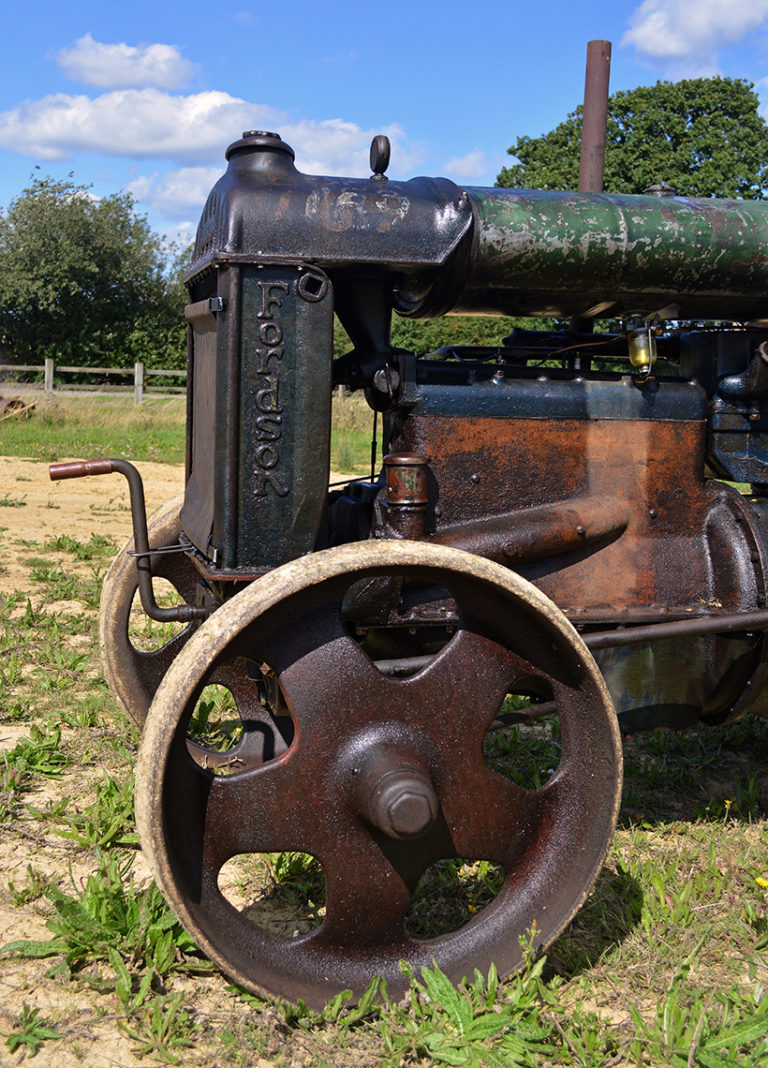

- #Heritage machine works sparkbox how to#
- #Heritage machine works sparkbox code#
- #Heritage machine works sparkbox windows#
And with his first child on the way, Jon has every intention of teaching his daughter everything he knows about music-which, trust us, is a lot. Because when it comes to music, Jon’s love and talent becomes clear: He can play guitar, the five-string banjo, and yes, even the accordion. You’ll spot him at local meetups, speaking at Dayton Web Developers events, and standing at his desk jamming out to a diverse range of music-from heavy metal to old country.
#Heritage machine works sparkbox code#
These formative experiences led Jon to develop the skills needed to join Sparkbox, and his quick wit and fine-tuned code skills have already made him a powerful asset to the team. Once he began tuning his skills for web development, Jon couldn’t see himself doing anything else. His experience with designing for print evolved into designing for the web, which triggered another evolution into his current passion: coding for the web. Soon after graduating, he was knee-deep in the Yellow Pages-not in search for a job but fulfilling his role as a Yellow Pages ads designer. Jon earned a degree in graphic design from the School of Advertising Art in Dayton.

Meet Jon, Sparkbox’s newest developer and music aficionado. schenectadymuseum.He’s jumped out of a plane solo and played in a heavy metal band, but you’ll know him best for his love of family, music, and yes, even code.^ "Thomas Alva Edison The accomplishments and life of electrical engineer and entrepreneur Thomas Edison, 1847-1931, ".Stross, The Wizard of Menlo Park: How Thomas Alva Edison Invented the Modern World, Three Rivers Press - 2008, page 169 Wasik, The Merchant of Power: Sam Insull, Thomas Edison, and the Creation of the Modern Metropolis, Macmillan - 2008, page 28 ^ a b "EDISON'S MANUFACTURING OPERATIONS Docs.Howell, Henry Shroeder, History of the Incandecent Lamp, page 67 ^ "Rutgers University–The Thomas Edison Papers-Edison Companies, ".The plant expanded rapidly and 1892 saw the merger of Edison General Electric and the Thomson-Houston Electric Company of Lynn, Massachusetts to form General Electric with the Schenectady location used as GE's headquarters for many years thereafter. Edison Machine Works continued as a separate company until 1889, when all of Edison's electric related companies were merged to form Edison General Electric. The new factory was put under the control of Samuel Insull.

In 1886 the Machine Works, along with 200 of its workers, were moved to two unfinished factory buildings on a 10-acre site in Schenectady, NY, intended to have been the McQueen Locomotive Works. Strikes, unionizing attempts, and the general expense of labor and land in New York City sent Edison looking for a site for a new factory.
#Heritage machine works sparkbox windows#
Extra lathes needed for production had to be set up on the sidewalks outside the building connected through the factory windows by long drive belts. The demands of the expanding utility soon overtaxed the cramped lower Manhattan shop. ġ896 view Schenectady, NY location after it had become General Electric New types of dynamos were designed here as well as improved power consumption meters.
#Heritage machine works sparkbox how to#
The Machine Works also had a department that designed and tested equipment and trained Edison workers how to wire buildings and install and repair dynamos. At the end of 1885 the Electric Tube Company and the Edison Shafting Manufacturing Company were merged into the Edison Machine Works. The Machine Works was incorporated in 1884 with Edison investor Charles Batchelor as general manager, John Kruesi as assistant general manager, and Samuel Insull as secretary. This shop supplied jumbo dynamos for the original Pearl Street Station as well as dynamos of various sizes for the different types of electric light installations Edison was offering customers. The workforce built up to some 800 men supervised by Edison machinist Charles Dean. To alleviate the problem in 1881 Edison leased the old Etna Iron Works on Goerck Street, Lower Manhattan and set up the Edison Machine Works with Edison providing 90% of the capital and investor partner Charles Batchelor providing 10%. The need for equipment in the development of a large-scale electric illumination " utility" in New York City, starting around 1880, soon outstripped the capacity of Thomas Edison's machine shop at Menlo Park. The Edison Machine Works was a manufacturing company set up to produce dynamos, large electric motors, and other components of the electrical illumination system being built in the 1880s by Thomas A. Edison Machine Works on Goerck Street on the Lower East Side of Manhattan photographed by Edison employee Charles L.


 0 kommentar(er)
0 kommentar(er)
